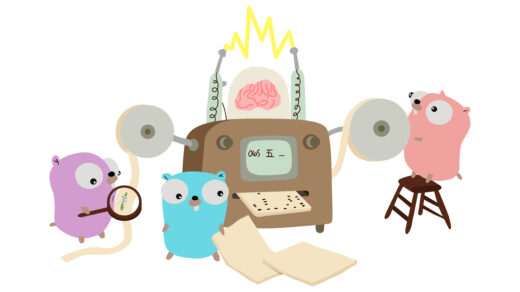There’s this widely accepted theory in science called Evolution (and, no, a scientific theory is not the same as your uncle’s “theory” that chipmunks are stealing his WiFi). The high-level idea behind this scientific theory is that every organism undergoes random mutations. Some of these mutations may be beneficial, detrimental, or immaterial to the survival of the organism. When a mutation is beneficial such that it gives the organism an advantage over others for a shared set of resources, that organism tends to thrive.
We can take this concept of evolution and apply it to software engineering (though on much smaller time scales). To do so, we start with the smallest unit of work that provides tangible value. The Marketing and Product folks like to call this the Minimum Viable Product or Minimum Viable Experience. For the sake of the analogy, we can call this Generation Zero (G0). This is our single-celled organism that’s not capable of much, but it still constitutes “life”.
For G0 to be useful, it must be able to interact with the outside world. See, much like in the classic Evolutionary Theory, we need feedback. Our feedback won’t be life-or-death (although many ideas have died in the zeroth generation); it will be in the form of user feedback. How well did G0 meet our goals? What are the friction points? Are users getting confused and not following our calls to action? We can collect all of these metrics through innumerable mechanisms; the important idea, however, is that we delivered something and we’re gathering feedback.
Armed with this feedback we can now start to imagine what Generation One (G1) is going to look like. We build upon some of the simple ideas required for G0 and extend them in directions that we feel will make the product or service better. This may mean adding extra features or widgets, or creating a basic version of your service as an iOS and/or Android application, or tightening up your deployment strategy, or scaling out in the cloud, or whatever will bring more business value. After all, business value is the one true goal (it’s worth noting the value may not be monetary!).
Great! We now have G1 (our multicellular oganism) and it’s been deployed and we’re collecting feedback. If there were any UI/UX changes, you may get some very loud negative feedback like Snapchat, Twitter, Netflix, Google, Spotify, etc. But feedback, positive or negative, is like gold. This is the equivalent of fitness testing, or “survival of the fittest”; you are seeing whether the “random” mutations were beneficial, detrimental or immaterial.
As you continue through further iterations, you will begin to shape your product or service. Your single-celled organism will evolve, growing more complex with each iteration. As your product or service asymptotically approaches completion, you’ll try new things (mutations) and push them out for feedback (fitness testing) . You will continue to hone the parts that work, and discard the parts that don’t. Eventually, you will end up in one of two places:
- You’re at the top of the food chain
- You’re eaten by an organism higher on the food chain
Regardless of outcome, in order to fail or succeed, you must first “do”. This sounds vaguely like something Yoda would say, but analysis paralysis is real and can cause you to stand in one place and never make any tangible progress. Get your ideas out into the wild, get feedback, iterate and improve. You may get eaten along the way, but you also may end up at the top of the food chain. Either way, you’ve gained something that nobody can take away from you: experience.
Credits
Evolution logo: Johanna Pung / CC BY-SA




Well said, and inspirational! The Universe rewards action.